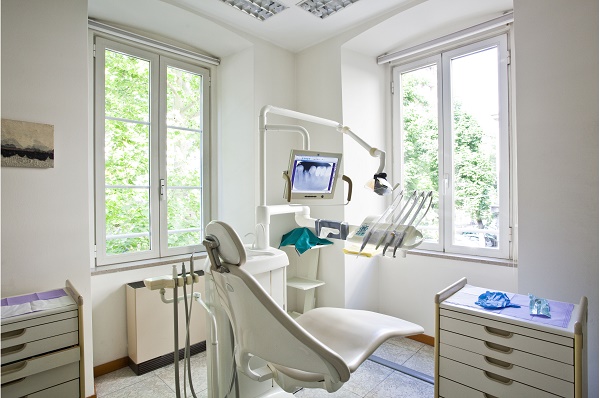
Being Thankful for Modern Dentistry
It’s hard to believe that Thanksgiving is only one day away. This year has flown by and we are thankful for the time to reflect on how many new patients we’ve invited into our family here at Artistic Touch Dentistry, and to appreciate all the patients we’ve seen year after year. Our dental family is always at the top of our list when we count our blessings, however next on that list is how thankful we are for modern dentistry. Without the science and research of the past few decades the practice of dentistry would not be the same. This holiday, take some time to reflect on how advances in the dental field have made dental work accessible, safe, and pain free.
The Origins Of Dentistry
Dentistry has been around for thousands of years. Ancient Egyptians were the first civilization to document the occupation of dentistry and the use of tooth cleaning and whitening products. Back then, a mixture of crushed pumice and ash was used to clean and whiten teeth. Ancient Greeks and Romans also dabbled in dentistry by extracting decayed teeth with forceps and using wires to stabilize teeth and fractured jaws. Even ancient Etruscans got in on the action and designed and used the first ever crowns and bridges which they fashioned out of gold.
In the middle ages the occupation of dentistry began to take shape. The Guild of Barbers formed in France and split. Half of the group were skilled surgeons of their time and the other half only performed bleedings, shaving, and tooth extractions. In the mid to late 1500s two important books were published on the subject of dentistry. The Little Medicinal Book for all Kinds of Diseases and Infirmities of the Teeth, and, Ambrose Pare’s Complete Works further advanced the practice by informing barbers on how best to extract teeth, fix broken jaws and address decay. And to the east, the Chinese were experimenting with mercury amalgam to fill and fix cavities.
In the 18th and 19th centuries the dental practice really begins to take off. Doctors begin to understand the importance of teeth and how to fix them. The father of modern dentistry Pierre Fauchard publishes his book, The Surgeon Dentist which details with precision the anatomy and function of the mouth and teeth, and most importantly how to restore and replace teeth once lost. This book brought about a myriad of scientists interested furthering the study and practice of dentistry, and entrepreneurs anxious to make teeth cleaning tools, like toothbrushes and toothpaste, accessible to all.
Contributions We’re Most Thankful For
The practice of dentistry has not only furthered our understanding of teeth, but advanced the science of medicine all around. A few key contributions that originated in the dental realm have forever changed medicine as we know it. We can truly say we are thankful for the following additions to modern dentistry.
Anesthesia
Topical anesthetics have been in use for quite a while, but it wasn’t until the dentist William T G Morton used a specific dose of ether to a patient to extract a tooth in 1846 that the medical community understood that a patient could safely be put into a state of unconsciousness to perform a surgical procedure without experiencing any pain. Since then the science of anesthesiology and pain elimination has taken off. We certainly can’t imagine practicing dentistry without the use of general and local anesthetics, but up until the mid 1800s most people did. For thousands of years, people endured having teeth pulled, capped, and fillings placed all without the aid of anesthetics. We can certainly say we are thankful for this aspect of modern dentistry.
Composite Resin
Another marvel of modern dentistry is the use of composite resin. Dentists today can use this resin for so many things: fillings, veneers, inlays, onlays, bonding and even crowns and bridges. It is strong, durable and does no damage to teeth. Back in the early days of dentistry, mercury amalgams were commonly used to fill cavities. These had the ability to leach dangerous chemicals into the body as well as expand and further crack and damage the tooth. Gold, silver and porcelain were also commonly used for crowns and false teeth, however composite resin has proven to be a much more durable and aesthetic solution for broken, cracked, and missing teeth.
This year as we sit down to our feasts with our families and say thank you for all that we have, make sure to think about how easy, safe, sterile, and pain-free your dental work is today. Also know that your dental family at Artistic Touch is thinking about how thankful they are for you as a patient. Happy Thanksgiving!

